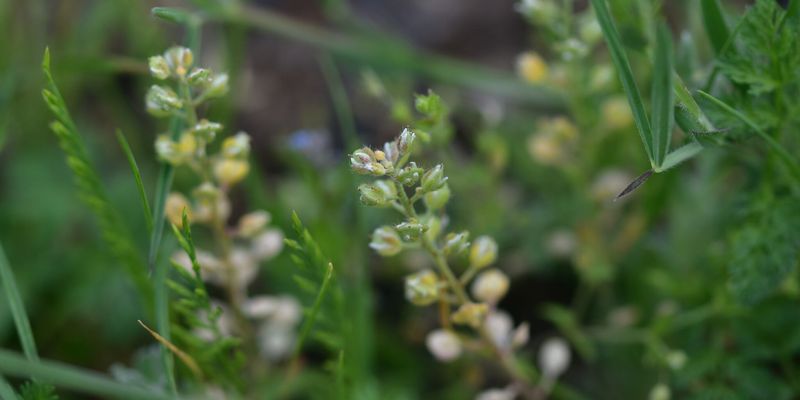Data use
Annual vs. perennial: global assessment of plant life cycles
Published 7/23/2024
Extensive study of hundreds of thousands of plant species shows that annuals—favoured in hot and dry regions—are only half as common as previously thought

Most plants either reproduce and complete their entire life cycle within one season (annuals)—or live for many years, reproducing multiple times (perennials). Despite plants’ central place in ecology and evolution, the global prevalence and distribution of their life cycles are poorly documented.
Relying on 11 disparate plant trait databases, researchers gathered, cleaned and curated consensus data on more than 235,000 plant species, representing roughly two-thirds of all accepted plants, making it the largest plant life-cycle database to date.
They matched the life-cycle data with GBIF-mediated species occurrences, downloading and cleaning ~355 million records related to more than 180,000 species, which they assigned to ecoregions. To assess drivers of life cycle strategies, they complemented species occurrences with data on climate and human footprint.
Annuals comprised just six per cent of all species, less than half of previous estimates. Focusing on herbaceous species (i.e., disregarding woody species which are all perennial), they showed that annuals were more prominent in hot and dry regions—especially those with high human footprint.
A more focused analysis on the warmest quarter of the year provided an even better model, able to accurately describe patterns observed in ecoregions with similar yearly climate means, but different proportions of annuals. This would explain why some Mediterranean-like climates have more annuals than desert systems.
Looking into the future, under the assumption that the prevalence of annuals will align with climate and human footprint trends, the authors finally predicted that by 2060, more than two-thirds of all ecoregions will experience an increase in the proportion of annual plant species.